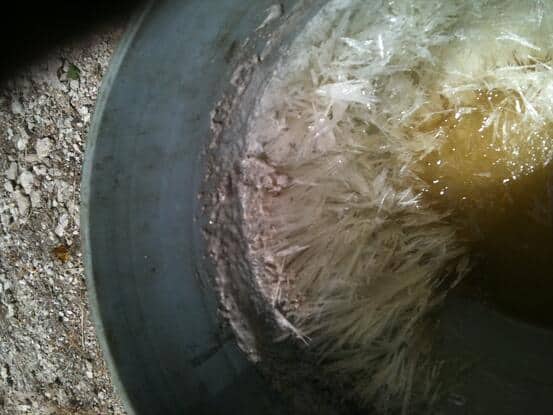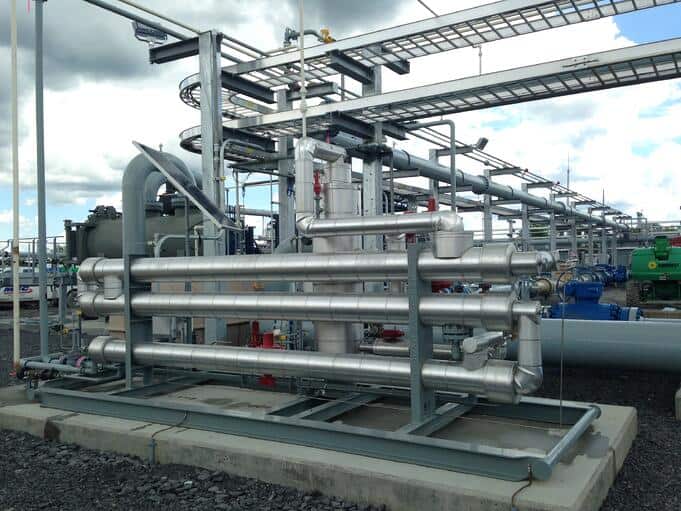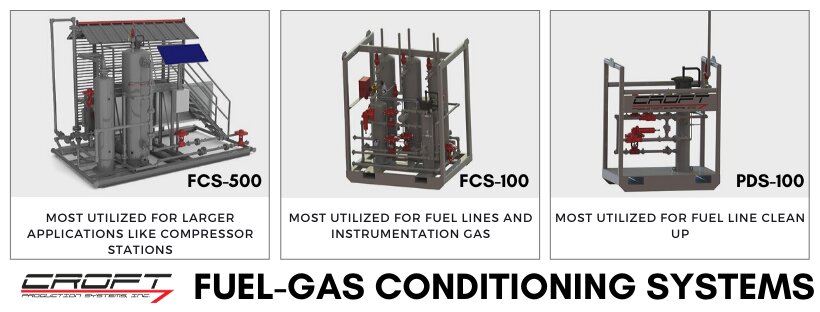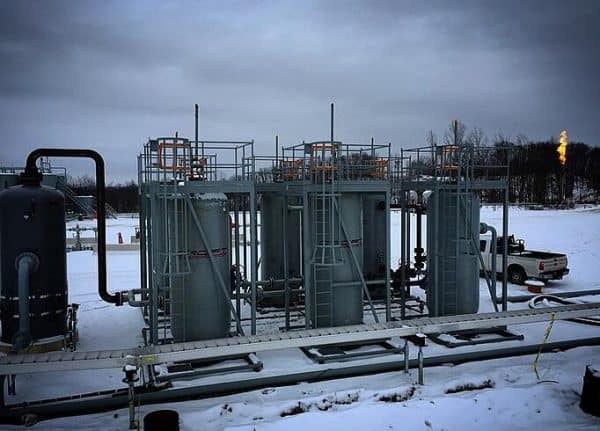How to prepare oil and gas processing for winter
Why is winter hard on production and processing? Two words; hydrate formations. Hydrates are crystals formed when water and gas are combined in a low temperature and high-pressure environment. They become more prevalent during colder ambient temperatures.

During the colder ambient temperatures, water vapor will begin to condense which can cause restrictions in pipelines or slugging of water into downstream equipment. Water vapor or excess water accelerates corrosion within gas lines and equipment. The formations and condensing of liquids can cause clogs and plug up pipelines, valves, any transport equipment, and shutdown engines and instrumentation.
It is good for operators to understand the dew point of their gas because the dew point is the temperature to which air must be cooled to become saturated with water vapor. When further cooled, the airborne water vapor will condense to form liquid water (dew).
Another parameter to understand is the hydrocarbon dew point (HCDP) of your gas which is the temperature at which natural gas liquids will start to condense out of the gaseous phase. If temperatures in the pipeline reach below the hydrocarbon dew point, liquids will begin to form and cause issues.
How Do You lower the probability of formations crystallizing and liquid from condensing in your operations?
Dehydration – Passive Dehydration System
To protect against hydrate formation, you need to either remove the water or the natural gas liquids. In this case, below you can utilize a temporary dehydrator during the winter months to remove the water from the well stream or fuel lines in order to prevent the hydrates from forming.

Croft Production Systems, Inc. has developed a solid desiccant dehydrator that is safe, easy, and effective in dehydrating the gas stream or fuel supply line; CROFT will properly size and lease a system to meet your needs. A lot of the clients will lease these units during the wintertime and when ambient temperatures begin to climb will release the equipment to lower their lease operating expense (LOE).
During winter operations, clients will place dehydrators in the applications below:
- Upstream on the fuel line or where the tap for most instrumentation occurs
- At the sales meter, as a polishing unit because water vapor starts to condense from the primary dehydrator and length to the sales meter
- Gas lift dehydrators for either total gas, sales meter or at the injection point
- Generator fuel
Learn more about the Passive Dehydration System
Joule Thomson System
To protect against hydrate formation, you need to either remove the water or the natural gas liquids. In this case, you can utilize a JT plant which can lower the hydrocarbon dew point by removing the NGLs and water in a more controlled environment. Most of the time these systems will have a controller in the cold separator like a T-12 controller that will be utilized as a thermostat which you set then it will adjust the JT valve.

For most applications during winter operations clients will place JTs in the applications below:
- Upstream on the fuel line or where the tap for most instrumentation occurs
- The sales meter is a polishing unit because water vapor starts to condense from the primary dehydrator and length to the sales meter
- Gas lift dehydrators for either total gas, sales meter, or at the injection point
- Utilized at compressor stations to remove liquids before going through compressor fuel regulators
- Also utilized for generator fuel
Learn more about the Joule Thomson System
Fuel-Gas Conditioning System
The Fuel-Gas Conditioning System’s mission is in the name it is a hybrid system bringing together the JT effect along with the dehydration. These are most popular in facility fuel gas and compressor station applications. When it comes to cleaning fuel gas for the typical engines CROFT sees it is not so much the BTU that may need to be changed but the amount of the heavier gas components that are in the gas. Removing the Hexanes, Pentanes, and a chunk of the Butanes and propane helps increase reliability in the engines. After talking to engine experts from Caterpillar and engine package engineers from some of the leading compressor and generator rental companies, these heavier components and the instability in the gas quality they cause, can ruin reliability and increase maintenance. We further designed smaller packages that take a controlled pressure drop and then go through coalescing filters to remove any liquids and contaminants that plague instrumentation and engines.
For most applications during winter operations, clients will place FCSs in the applications below:
- Upstream on the fuel line or where the tap for most instrumentation occurs
- At the sales meter as a polishing unit because water vapor starts to condense from the primary dehydrator and length to the sales meter
- Gas lift dehydrators for either total gas, sales meter or at the injection point
- Utilized at compressor stations to remove liquids before going through compressor fuel regulators
- Also utilized for generator fuel
Learn more about the Fuel-Gas Conditioning System

Need to buy parts for winter click here.
If you need used processing equipment for winter click here.
Need to rent any processing equipment for the winter click here.












